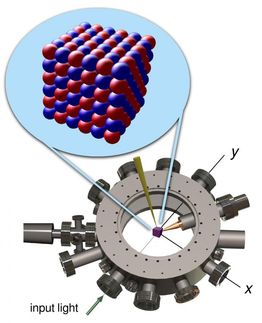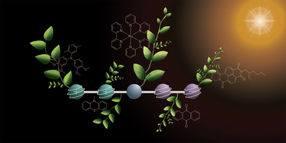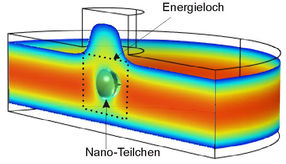Secrets behind high temperature superconductors revealed
Advertisement
Scientists from Queen Mary, University of London and the University of Fribourg have found evidence that magnetism is involved in the mechanism behind high temperature superconductivity. Writing in Nature Materials , Dr Alan Drew from Queen Mary's Department of Physics and his colleagues at the University of Fribourg report on the investigation of a new high temperature superconductor, the so-called oxypnictides. They found that these exhibit some striking similarities with the previously known copper-oxide high temperature superconductors - in both cases superconductivity emerges from a magnetic state. Their results go some way to explaining the mechanisms behind high temperature superconductors.
Dr Drew said "Last year, a new class of high-temperature superconductor was discovered that has a completely different make-up to the ones previously known - containing layers of Arsenic and Iron instead of layers of Copper and Oxygen. Our hope is that by studying them both together, we may be able to resolve the underlying physics behind both types of superconductor and design new superconducting materials, which may eventually lead to even higher temperature superconductors."
Professor Bernhard, of the University of Fribourg, added: "Despite the mysteries of high-temperature superconductivity, their applications are wide-ranging. One exciting applications is using superconducting wire to provide lossless power transmission from power stations to cities. Superconducting wire can hold a much higher current density than existing copper wire and is lossless and therefore energy saving."
Most read news
Topics
Organizations
Other news from the department science

Get the chemical industry in your inbox
By submitting this form you agree that LUMITOS AG will send you the newsletter(s) selected above by email. Your data will not be passed on to third parties. Your data will be stored and processed in accordance with our data protection regulations. LUMITOS may contact you by email for the purpose of advertising or market and opinion surveys. You can revoke your consent at any time without giving reasons to LUMITOS AG, Ernst-Augustin-Str. 2, 12489 Berlin, Germany or by e-mail at revoke@lumitos.com with effect for the future. In addition, each email contains a link to unsubscribe from the corresponding newsletter.






























































